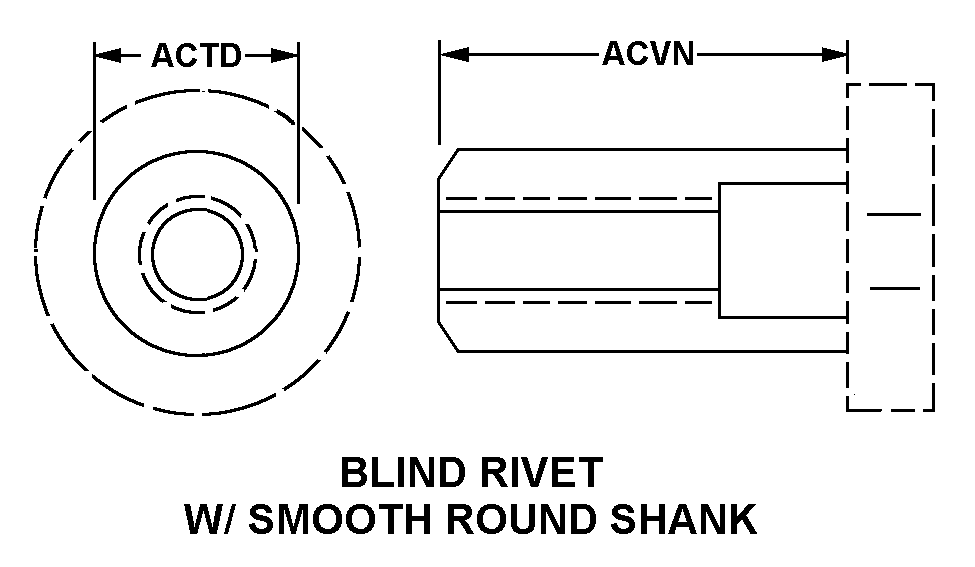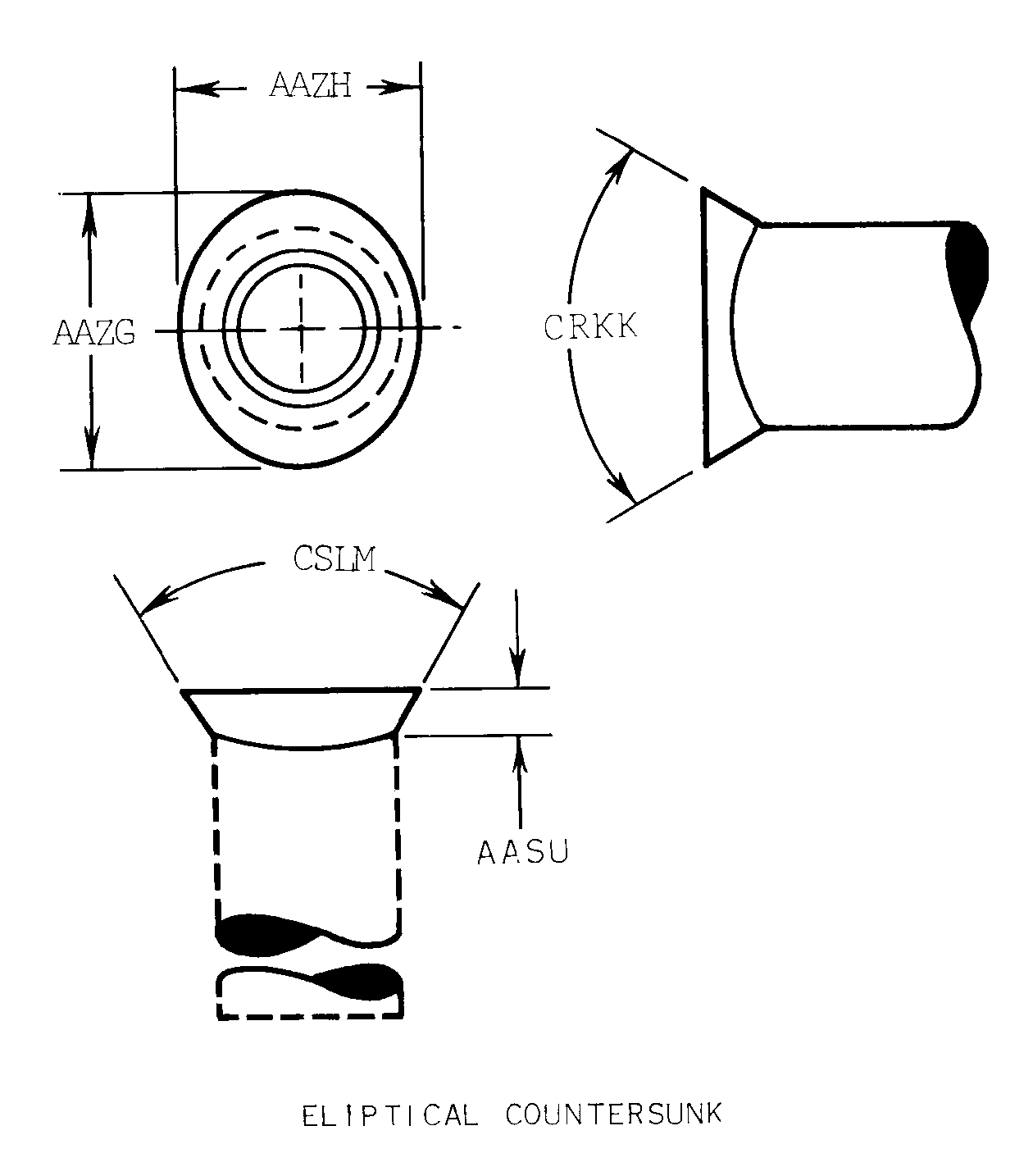5310015863117
Price Quote Get an up to date pricing and availability quote for this product. Order online or over the phone.
Quality Commitment
Serving our customers with quality and safety first.
- AS9120 Certified
- Audited supply chain
- ITAR Registered
- DDTC Registered
- HAZMAT Certified
- Customer service objectives
- Every product 100% inspected

5310-01-586-3117 Specification Set by the OEM (see RNCC code 3)
3b
RIGHT-Hand
eliptical countersunk
0.034in. ⁓3/64"
prevailing torque all metal design
0.310in. and 0.332in.
0.257 mils
dry film lubricant
blind rivet w/smooth round shank
0.239in. and 0.241in.
0.150in. and 0.180in. ⁓3/16"
+0.080/+0.100in.
closed
450.0 deg fahrenheit
unf
32
0.190in. ⁓13/64"
75.0 degrees and 77.0 degrees
59.0 degrees and 61.0 degrees
nut, SELF-Locking, blind rivet, elliptical head, closed end, 450 degrees f
dry film lube on threads only per MIL-N-25027; tensile strength 2, 650 lbs min; torque out in 60 lbs min; push out 150 lbs min
steel comp 304 or steel comp 305
QQ-S-763, cond a type 304 fed spec single material response or QQ-S-763, cond a type 305 fed spec single material response
cadmium
QQ-P-416, type ii class 2 fed spec single treatment response
Cross Reference Parts Part numbers that meet the specification outlined on this page and set by the OEM
Identification Item Identification Guide (IIG) and Item Name Code (INC)


Definition Definition of approved item name (AIN): "NUT,SELF-LOCKING,BLIND RIVET"
A metallic headed fastener having internal threads for a portion of the full length. It may have a smooth, hexagon or splined shank with an open or closed end. It is designed to be expanded tightly against the material it is being installed in by means of a special tool. The item must have a specified grip range. The grip range is the thickness of the material the item is being installed in. An integral feature is incorporated for locking on the threads of a mating member.
5310-01-586-3117 Material Hazmat, Precious Metals, Criticality, Enviroment, and ESD
Indicates there is no data in the hmirs and the nsn is in a fsc not generally suspected of containing hazardous materials.
Item does not contain precious metal.
No known electrostatic discharge (esd) or electromagnetic interference (emi) sensitivity.
Represents items with no adp components
The item does not have a nuclear hardened feature or any other critical feature such as tolerance, fit restriction or application.
Identification Codes
HMIC: Hazardous Material Indicator Code. A one position code that identifies a hazardous item.
PMIC: Precious Metal Indicator Code. A one position code which identifies items that have precious metals as part of their content. precious metals are those metals generally considered to be uncommon, highly valuable, and relatively superior in certain properties such as resistance to corrosion and electrical conductivity.
ESD: Electrostatic Discharge. Indicates if an item is susceptible to electrostatic discharge or electromagnetic interference damage. electrostatic discharge damage occurs when an accumulation of static electricity generated by the relative motion or separation of materials is released to another item by direct contact. electromagnetic interference damage occurs when an item comes into proximity with an electrostatic or magnetic field.
ENAC: Enviromental Attribute Code. Identifies items with environmentally preferred characteristics.
CRITL: Criticality Indicator Code. Indicates an item is technically critical by tolerance, fit, application, nuclear hardness properties, or other characteristics.






